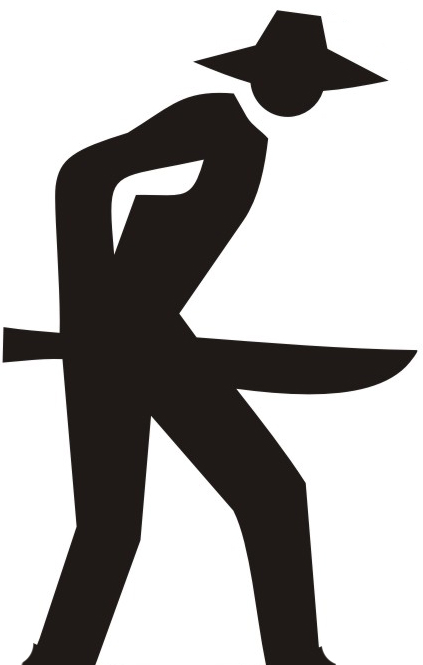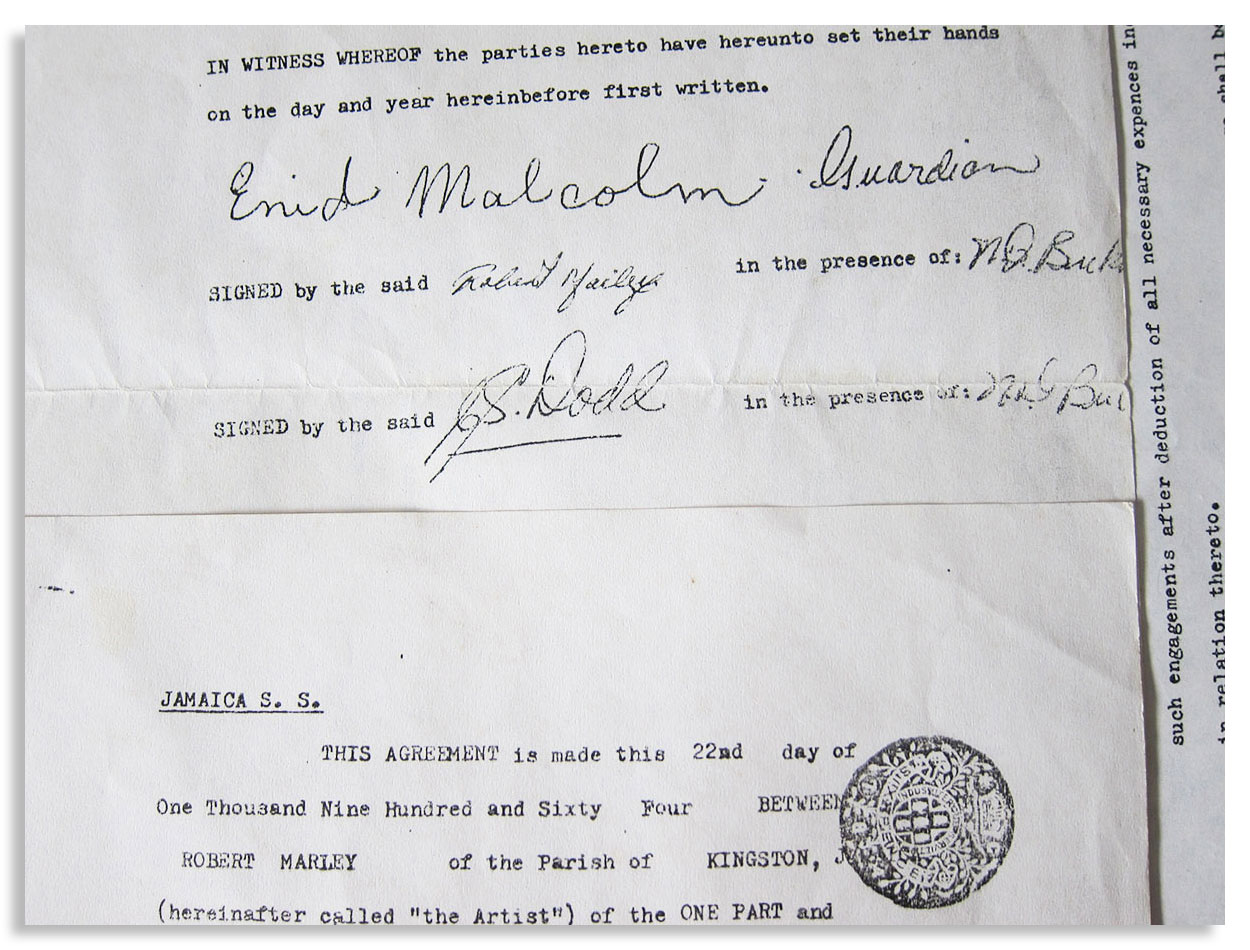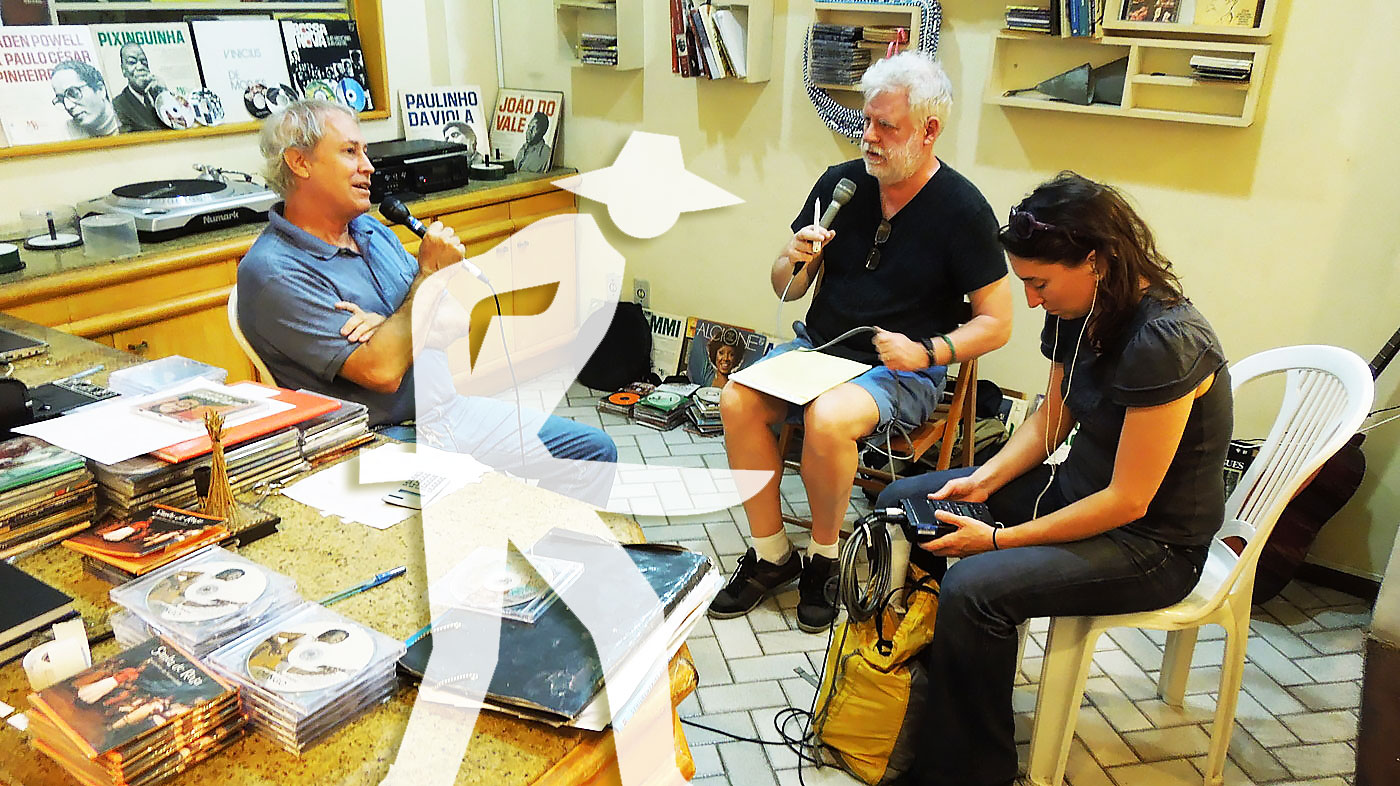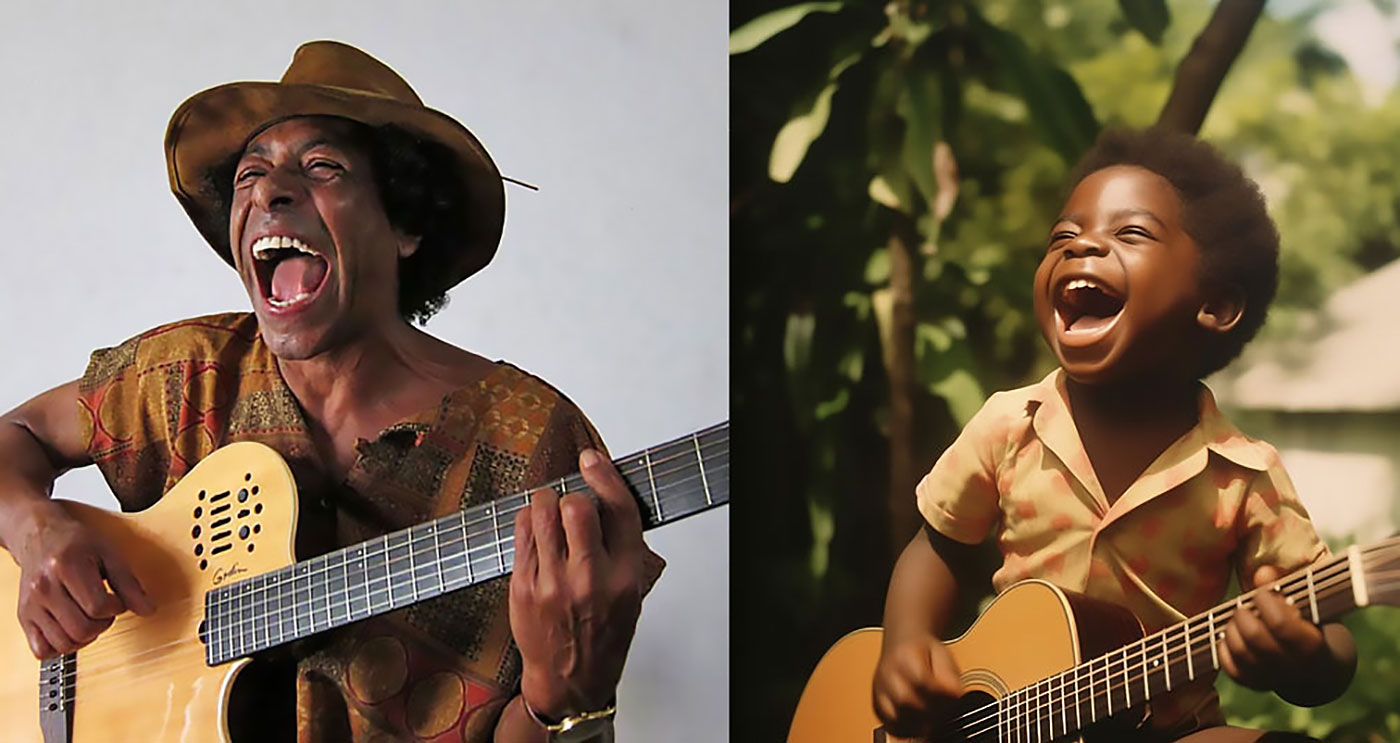CURATION
- from this page: by Matrix
Network Node
- Name: Juel D. Lane
- City/Place: New York City
- Country: United States
- Hometown: Atlanta, Georgia
Current News
-
What's Up?
“Influenced by six years of dancing with Ronald K. Brown, the lithe Atlanta native combines African and contemporary forms, delving into charged social issues with depth and compassion—in his own voice.”
— From Dance Magazine's "25 to Watch"
Life & Work
-
Bio:
Celebrated as one of the most gifted and innovative new voices in American dance, Juel D. Lane was anything but fearless growing up in Atlanta, Georgia. Overcome by severe anxiety as a child, Lane would soon discover it was that same body that would unlock his freedom.
Lane’s serendipitous encounter with dance occurred while he studied theater in Tri-Cities High School’s Visual and Performing Arts magnet program. Picking up on his faculty and fluidity with movement, teachers Freddie Hendricks and Dawn Axam suggested Lane register for dance classes. And like a tsunami stirred by a butterfly in flight, Lane’s dance destiny was set into motion.
After receiving elite training from Tri-Cities High School and the Youth Ensemble of Atlanta, Lane earned his Bachelor of Fine Arts (BFA) from the University of North Carolina School of the Arts with a focus on Contemporary Dance. It was the unconstrained self-expression offered by this style of dance that freed Lane from his severe anxiety.
Lane pushes the boundaries of contemporary dance through choreography that “strips labels and shows humanity,” as he puts it. Whether he examines political concepts, gender roles, or his own intimate experiences, Lane stays unapologetically true to his singular perspective. Lane’s clear vision is met by his extraordinary technical talent, resulting in ever-growing national acclaim that is helping to launch his career to new heights.
World-renowned Alvin Ailey American Dance Theater recently invited Lane to flex his creative muscle as a featured choreographer for Ailey II, a secondary company that focuses on emerging young dancers and innovative choreographers. This addition to Lane’s resume lends global flare to an already robust list of accolades and achievements.
Lane’s exceptional repertoire has landed him on the cover of Dance Studio Magazine and on Dance Magazine’s “25 to Watch” list.
Currently dancing with Bessie Award-winning Camille A. Brown & Dancers, Lane made history in 2012 as the first local and independent black choreographer to have his work commissioned by the Atlanta Ballet. From there, he participated in the 2015-2016 Alvin Ailey Dance Foundation New Directions Choreography Lab, and collaborated with dance legends across the United States.
In 2010, he began incorporating multimedia into his performative work. His film projects, "Just Another Day," "How to Kill a Ghost," and "When The Beat Drops," showcase the complexity, playfulness and creativity within this dynamic choreographer’s mind.
Lane’s choreographic voice and the growth of his repertoire share one common thread: they are fast. Lane nods to his up-tempo inclinations when he says, “My work is fast because the hyperactive boy with anxiety is still in there.” Lucky for us, he is helping to shape the future of dance before our very eyes.
Contact Information
- Contact by Webpage: http://jueldlane.com/contact
Media | Markets
- ▶ Buy My Merch: http://jueldlane.com/store-2
- ▶ Twitter: JuelDLane
- ▶ Instagram: jueldlane
- ▶ TikTok: http://www.tiktok.com/@jueld.lane
- ▶ Website: http://jueldlane.com
- ▶ YouTube Channel: http://www.youtube.com/@jueldlanefilms
- ▶ YouTube Channel 2: http://www.youtube.com/@dancejdl
- ▶ Articles: http://jueldlane.com/press#headlines
Clips (more may be added)
-
The Maestro 2018
62 views
-
When The Beat Drops
131 views
-
Just Another Day Dance Film
66 views
Like stars coalescing into a galax, creators in the Matrix mathematically gravitate to proximity to all other creators in the Matrix, no matter how far apart in location, fame or society. This gravity is called "the small world phenomenon". Our brains contain small world networks. Human society is a small world network wherein over 8 billion human beings average 6 or fewer steps apart. This Matrix is a small world network...
![]() Wolfram MathWorld on the Small World Phenomenon
Wolfram MathWorld on the Small World Phenomenon
![]() Matemática Wolfram sobre o Fenômeno Mundo Pequeno
Matemática Wolfram sobre o Fenômeno Mundo Pequeno
"In a small world great things are possible."

It's not which pill you take, it's which pathways you take. Pathways originating in the sprawling cultural matrix of Brazil: Indigenous, African, Sephardic and then Ashkenazic, European, Asian... Matrix Ground Zero is the Recôncavo, contouring the Bay of All Saints, earthly center of gravity for the disembarkation of enslaved human beings — and the sublimity they created — presided over by the ineffable Black Rome of Brazil: Salvador da Bahia.
("Black Rome" is an appellation per Caetano Veloso, son of the Recôncavo, via Mãe Aninha of Ilê Axé Opô Afonjá.)
"Dear Sparrow: I am thrilled to receive your email! Thank you for including me in this wonderful matrix."
—Susan Rogers: Personal recording engineer for Prince, inc. "Purple Rain", "Sign o' the Times", "Around the World in a Day"... Director of the Berklee Music Perception and Cognition Laboratory
"Thanks! It looks great!....I didn't write 'Cantaloupe Island' though...Herbie Hancock did! Great Page though, well done! best, Randy"
"We appreciate you including Kamasi in the matrix, Sparrow."
—Banch Abegaze: manager, Kamasi Washington
"This is super impressive work ! Congratulations ! Thanks for including me :)))"
—Clarice Assad: Pianist and composer with works performed by Yo Yo Ma and orchestras around the world
"Dear Sparrow, Many thanks for this – I am touched!"
—Julian Lloyd-Webber: UK's premier cellist; brother of Andrew Lloyd Webber (Evita, Jesus Christ Superstar, Cats, Phantom of the Opera...)
"Thanks, this is a brilliant idea!!"
—Alicia Svigals: World's premier klezmer violinist
Developed here in the Historic Center of Salvador da Bahia ↓ .
![]() Bule Bule (Assis Valente)
Bule Bule (Assis Valente)
"♫ The time has come for these bronzed people to show their value..."
Production: Betão Aguiar
MATRIX MODUS OPERANDI
Recommend somebody and you will appear on that person's page. Somebody recommends you and they will appear on your page.
Both pulled by the inexorable mathematical gravity of the small world phenomenon to within range of everybody inside.
And by logical extension, to within range of all humanity outside as well.
MATRIX (PARDAL)
I'm Pardal here in Brazil (that's "Sparrow" in English). The deep roots of this project are in Manhattan, where Allen Klein (managed the Beatles and The Rolling Stones) called me about royalties for the estate of Sam Cooke... where Jerry Ragovoy (co-wrote Time is On My Side, sung by the Stones; Piece of My Heart, Janis Joplin of course; and Pata Pata, sung by the great Miriam Makeba) called me looking for unpaid royalties... where I did contract and licensing for Carlinhos Brown's participation on Bahia Black with Wayne Shorter and Herbie Hancock...
...where I rescued unpaid royalties for Aretha Franklin (from Atlantic Records), Barbra Streisand (from CBS Records), Led Zeppelin, Mongo Santamaria, Gilberto Gil, Astrud Gilberto, Airto Moreira, Jim Hall, Wah Wah Watson (Melvin Ragin), Ray Barretto, Philip Glass, Clement "Sir Coxsone" Dodd for his interest in Bob Marley compositions, Cat Stevens/Yusuf Islam and others...
...where I worked with Earl "Speedo" Carroll of the Cadillacs (who went from doo-wopping as a kid on Harlem streetcorners to top of the charts to working as a janitor at P.S. 87 in Manhattan without ever losing what it was that made him special in the first place), and with Jake and Zeke Carey of The Flamingos (I Only Have Eyes for You)... stuff like that.

Yeah this is Bob's first record contract, made with Clement "Sir Coxsone" Dodd of Studio One and co-signed by his aunt because he was under 21. I took it to Black Rock to argue with CBS' lawyers about the royalties they didn't want to pay (they paid).
MATRIX MUSICAL
I built the Matrix below (I'm below left, with David Dye & Kim Junod for U.S. National Public Radio) among some of the world's most powerfully moving music, some of it made by people barely known beyond village borders. Or in the case of Sodré, his anthem A MASSA — a paean to Brazil's poor ("our pain is the pain of a timid boy, a calf stepped on...") — having blasted from every radio between the Amazon and Brazil's industrial south, before he was silenced. The Matrix started with Sodré, with João do Boi, with Roberto Mendes, with Bule Bule, with Roque Ferreira... music rooted in the sugarcane plantations of Bahia. Hence our logo (a cane cutter).
A Massa (do povo carente) / The Masses (of people in need)

-
Add to my PlaylistA Massa - Raymundo Sodré (7,093 plays)
-
Add to my PlaylistSina de Cantador - Raymundo So... (6,909 plays)
-
Add to my PlaylistMagnetismo - Raymundo Sodré ... (6,353 plays)
-
Add to my PlaylistSacando a Cana - Raymundo Sodr... (5,957 plays)
-
Add to my PlaylistMêrêrê - Raymundo Sodré (5,465 plays)
-
Add to my PlaylistJardim do Amor - Raymundo Sodr... (4,677 plays)
-
Add to my PlaylistDebaixo do Céu - Raymundo Sodr... (4,151 plays)
-
Add to my PlaylistDesejo de Amar - Raymundo Sodr... (3,861 plays)
-
Add to my PlaylistOração pra Yá Oxum - Raymundo ... (3,741 plays)
-
Add to my PlaylistYá África - Raymundo Sodré (3,509 plays)
-
Add to my PlaylistMeu Rio, Cadê o Papel - Raymun... (3,177 plays)
-
Add to my PlaylistCasa de Trois - Raymundo Sodré... (2,896 plays)
-
Add to my PlaylistMulher é Laço que Prende o Coração do Vaqueiro - R... (2,556 plays)



























































































































































































































































































































































































































































